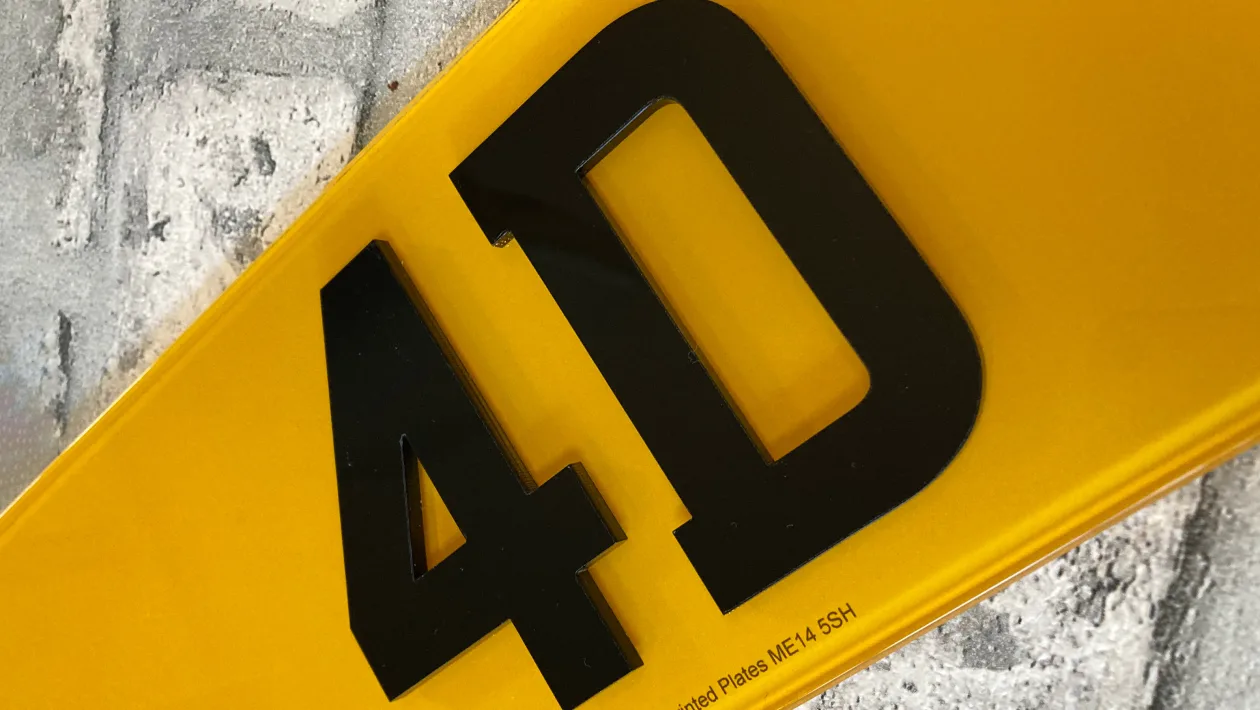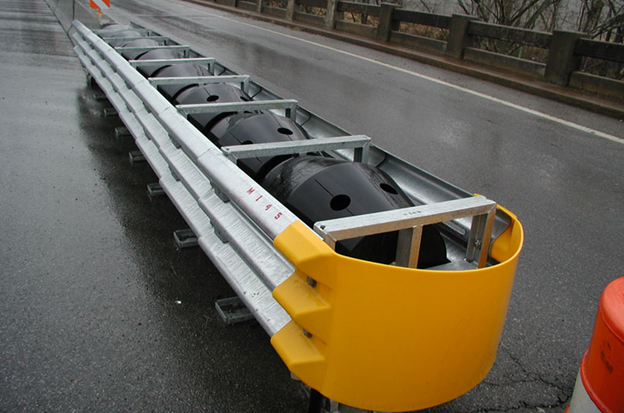Having valid number plates is a legal requirement for driving your vehicle on British roads. Personalized registration numbers have gained popularity among car enthusiasts, and one emerging trend is the use of ‘4D’ number plates.
In this article, we will delve into the details of 4D number plates and examine their compliance with the law.
What are 4D number plates? 4D number plates refer to a growing trend where standard plates are modified with raised numbers and lettering that slightly protrude from the plate’s background. However, there have been instances shared on social media where vehicles with 4D number plates have been stopped by authorities. These incidents have led drivers to question the regulations governing the use of such plates on the road.
What are the regulations for number plates in the UK? Number plates in the UK must adhere to guidelines established by the Driver and Vehicle Licensing Agency (DVLA) for vehicle operators. The following regulations should be followed:
- Reflective material: Number plates should be made from reflective material.
- Rear and front plate colors: The rear plate must display black characters on a yellow background, while the front plate should have black characters on a white background.
- Prohibited background patterns: Background patterns on number plates are not permitted.
- Supplier’s details: The number plate should include the supplier’s details.
- British standard compliance: If the number plate is fitted after September 1st, 2021, it must conform to the British standard ‘BS AU 145e.’
- Letter size and spacing: There are strict rules regarding the size and shape of the letters on a number plate. The font used should be ‘Charles Wright,’ with characters measuring 79mm in height and 50mm in width. There should be an 11mm space between the characters.
Additionally, according to the DVLA, drivers have the option to fit ‘3D’ characters on a nationally identified strip on the left-hand side of their number plates.
Are 4D number plates legal? Although the DVLA has not explicitly prohibited the use of 4D number plates, there is some practical resistance.
Law enforcement agencies explain that while there is no specific law against using 4D number plates, the lettering and characters themselves should not obscure the legibility of the registration when viewed from different angles.
In conclusion, if you are considering using 4D number plates, it is important to be aware of the DVLA regulations. While they are not explicitly banned, it is crucial to ensure that the plates do not hinder the readability of the registration number from various angles. Stay informed and comply with the guidelines to avoid any issues while driving on British roads.
The UK leading number plate maker – LegalShowPlates.com have many years experience in making custom 4D number plates and show plates for UK & Ireland customers.
Over the years they have become able to provide high quality number plates with an excellent level of service at a very competitive price.





